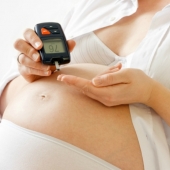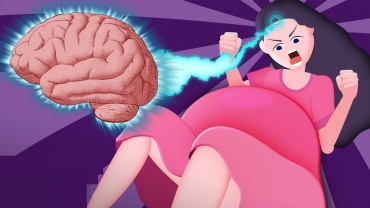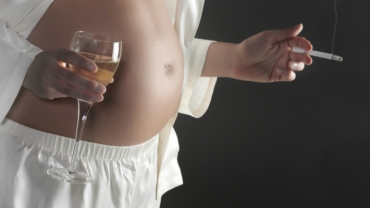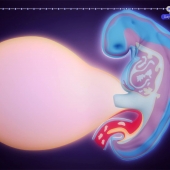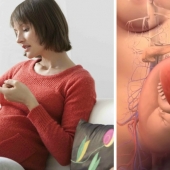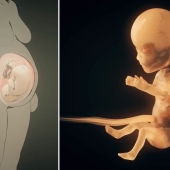Pregnancy is actually a pretty complicated process that has several steps. It all starts with sperm cells and an egg. Sperm are microscopic cells that are made in testicles. Sperm mixes with other fluids to make semen (cum), which comes out of the penis during ejaculation. Millions and millions of sperm come out every time you ejaculate — but it only takes 1 sperm cell to meet with an egg for pregnancy to happen.
Eggs live in ovaries, and the hormones that control your menstrual cycle cause a few eggs to mature every month. When your egg is mature, it means it’s ready to be fertilized by a sperm cell. These hormones also make the lining of your uterus thick and spongy, which gets your body ready for pregnancy.
About halfway through your menstrual cycle, one mature egg leaves the ovary — called ovulation — and travels through the fallopian tube towards your uterus. The egg hangs out for about 12-24 hours, slowly moving through the fallopian tube, to see if any sperm are around.
If semen gets in your vagina, sperm cells can swim up through the cervix. The sperm and uterus work together to move the sperm towards the fallopian tubes. If an egg is moving through your fallopian tubes at the same time, the sperm and egg can join together. The sperm has up to six days to join with an egg before it dies.
When a sperm cell joins with an egg, it’s called fertilization. Fertilization doesn’t happen right away. Since sperm can hang out in your uterus and fallopian tube for up to 6 days after sex, there’s up to 6 days between sex and fertilization.
If a sperm cell does join up with your egg, the fertilized egg moves down the fallopian tube toward the uterus. It begins to divide into more and more cells, forming a ball as it grows. The ball of cells (called a blastocyst) gets to the uterus about 3–4 days after fertilization.
The ball of cells floats in the uterus for another 2–3 days. If the ball of cells attaches to the lining of your uterus, it’s called implantation — when pregnancy officially begins.
Implantation usually starts about 6 days after fertilization, and takes about 3-4 days to complete. The embryo develops from cells on the inside of the ball. The placenta develops from the cells on the outside of the ball.
When a fertilized egg implants in the uterus, it releases pregnancy hormones that prevent the lining of your uterus from shedding — that’s why people don’t get periods when they’re pregnant.
If your egg doesn’t meet up with sperm, or a fertilized egg doesn’t implant in your uterus, the thick lining of your uterus isn’t needed and it leaves your body during your period. Up to half of all fertilized eggs naturally don’t implant in the uterus — they pass out of your body during your period.

